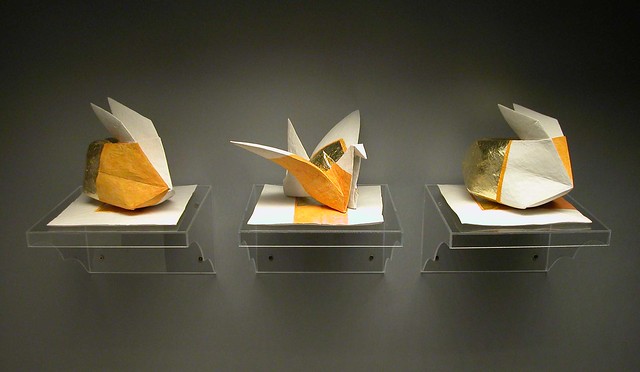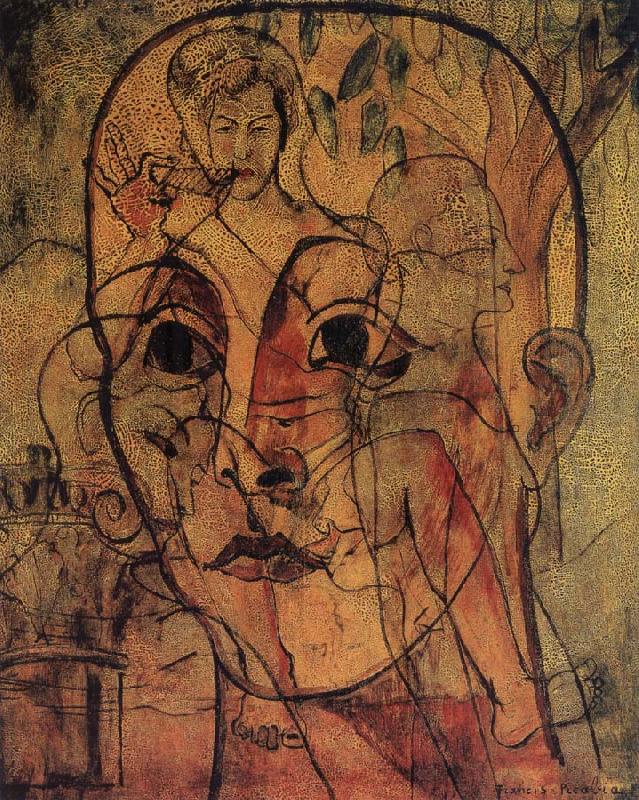This final unit focuses on integrating all of our learning and experiences this semester and applying your new skills towards making of a series of related sculptures/objects. It will be up to you to frame the creative and conceptual direction for your work, so we'll be talking about planning and designing for a series, which involves setting some parameters up front. These will include:
- scale
- form and shape
- color and surface design/development
- presentation and proximity re: display
- research - seeking and finding inspiration
- Watch writer Austin Kleon's TedTalk on the idea of artistic lineages and idea development.
- Watch Shea Hembrey's TedTalk and consider the creativity and intelligent playfulness his work exudes.
- Reflect on these ideas and consider how you might weave them together.
- Reflect on your work to date; consider which ideas have been the most exciting for you, or which hold the most potential for development.
- Consider the potential influence of history and excellent art by others. Engage in relevant research to help you discover and develop your ideas. Use this research to construct a "historical lineage" that will demonstrate your understanding of at least one relevant historical and one relevant contemporary influence. You can explore the idea of influence formally, conceptually and/or technically. Your research must focus on artists and movements from within the field of ceramics. Be sure to include your research as a blog entry summarizing your constructed lineage.
Ideally you will use some idea/kernal from earlier work this semester as a starting point. What excited you most? What would you like to explore/play with more fully?
In preparation for plannning, please do the following:
Consider the steps in the creative process? What do they involve?
* dreaming. * envisioning. *planning. *researching. *wandering. trying. failing. trying something different. more research to seek inspiration. learning from and looking at the best art that has ever been made. experimenting. refining. doing it one more time. refining craftsmanship. changing technique. contemplating. reflecting. refining. finishing.
Engage in the fullness of this process.
Remember, your goal is to create a series of related works (minimum of 3) that integrate art/life ideas in a way that is meaningful to you.
See schedule for last five weeks for a suggested timeframe for moving your work forward.
Engage in the fullness of this process.
Remember, your goal is to create a series of related works (minimum of 3) that integrate art/life ideas in a way that is meaningful to you.
See schedule for last five weeks for a suggested timeframe for moving your work forward.























